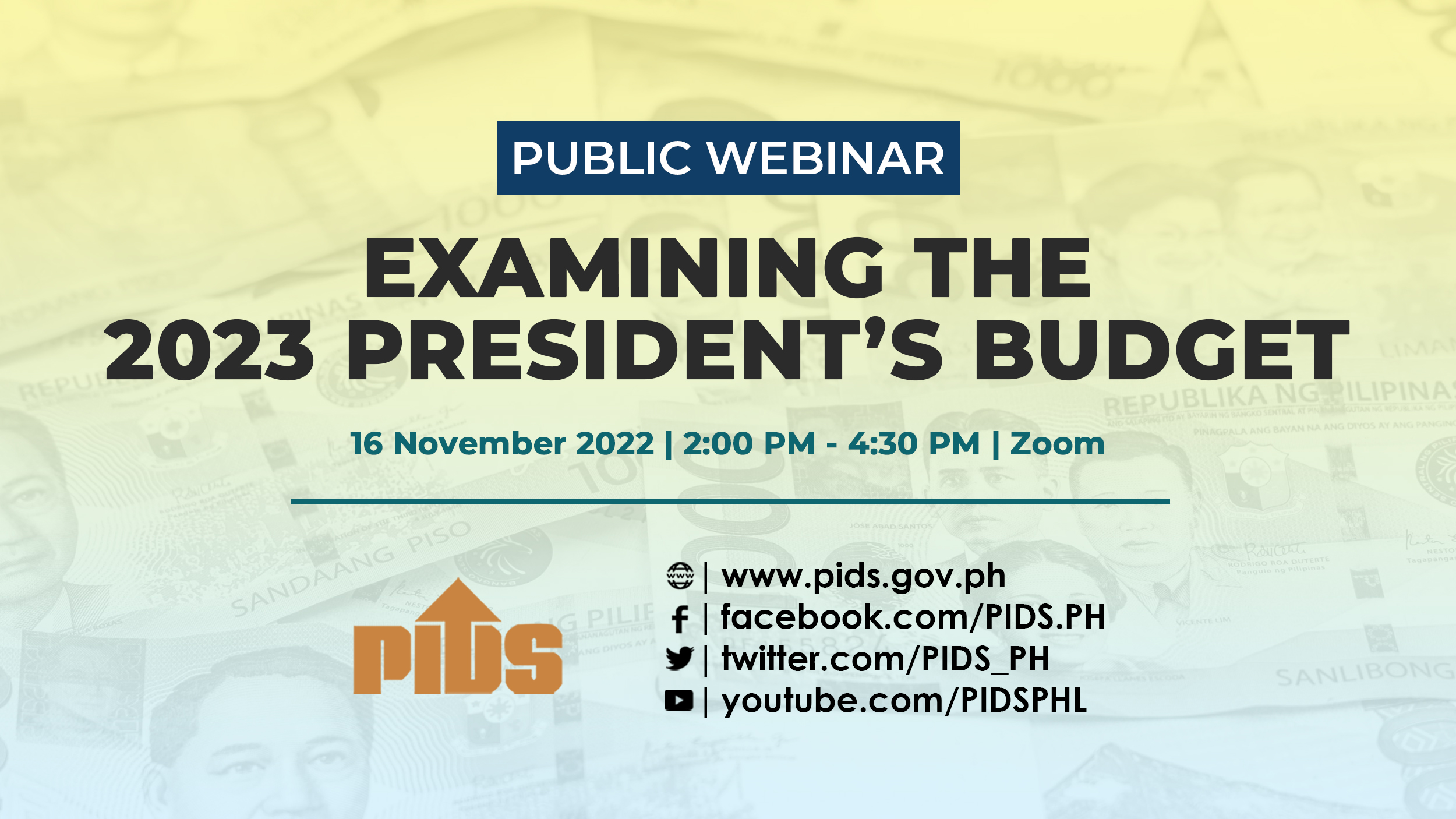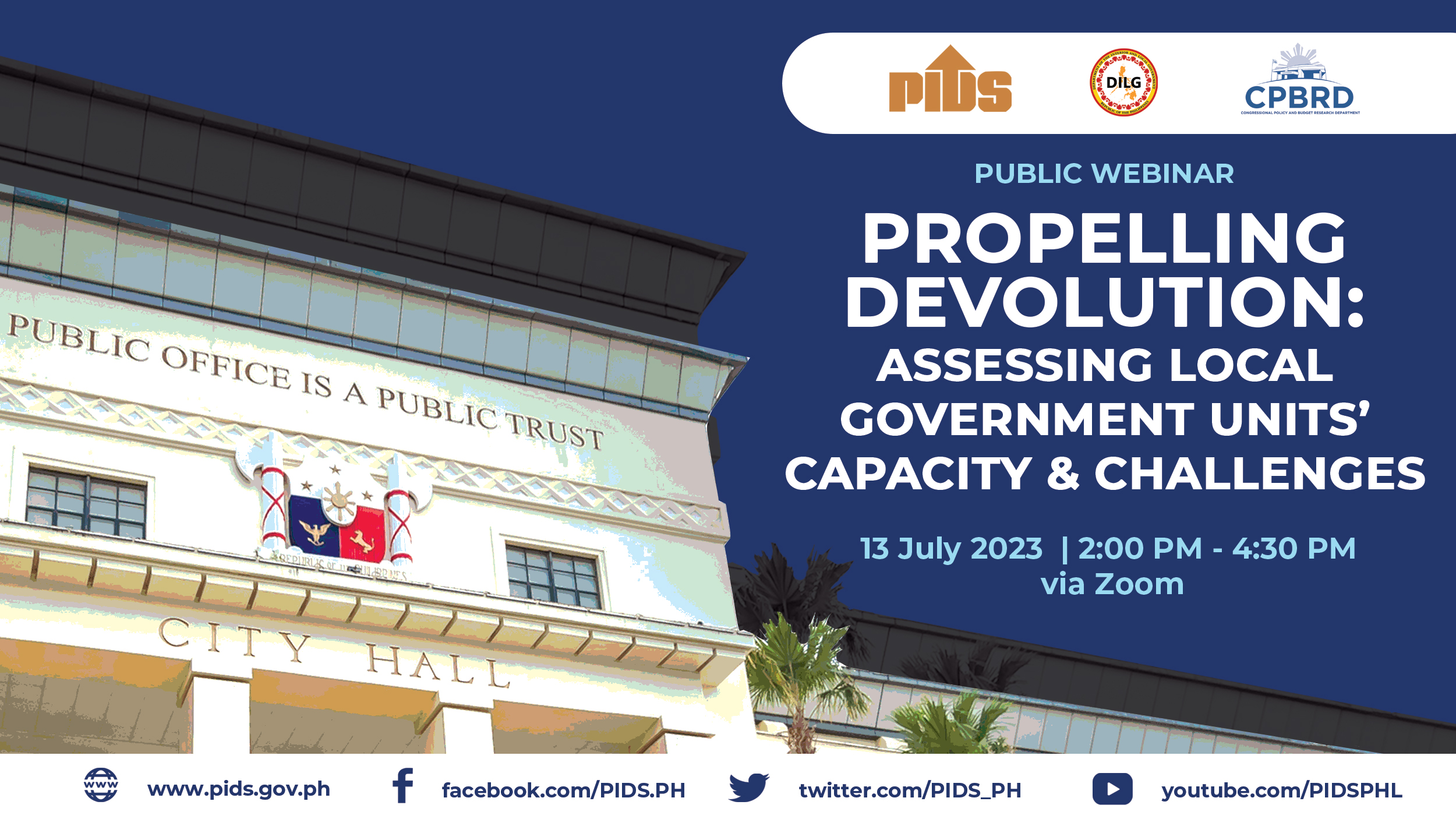THE national government should increase the cash transfer to be extended to farmers as they have already incurred significant losses, according to the Philippine Institute of Development Studies (PIDS).
In a forum on the rice trade liberalization (RTL) law organized by PIDS and the Congressional Planning, Budget and Research Department (CPBRD), Senior Research Fellow Roehlano Briones estimated the cash transfer that should be extended to farmers at P20 billion at the very least.
He said he used PSA’s exact quarterly harvest data to come up with his computation, which is just a third of the farmers’ losses estimated by the Philippine Rice Research Institute (PhilRice).
PhilRice earlier said farmers lost at least P61.77 billion due to the continuous drop in the farm-gate price of unhusked rice, which hastened in recent months when imports rose significantly as the rice trade liberalization law took effect.
Briones said that based on his study, farmers have already incurred around P8.22 billion between April and September 2019 due to the steep decline in farm-gate prices.
‘Still economical’
“Right now, zero [cash transfer], so P20 billion will be a big [help]. It’s still much less than what the consumers have benefited [under the RTL].
So this is still economical,” Briones said.
Based on his study, Briones estimated that the discounted value of social benefits of the RTL over the long term is P379.986 billion annually for the richest households and P86.392 billion for the poorest households.
When translated to the net present value using current prices, Briones said the social benefits of the RTL would be around P2.26 trillion.
Briones said farmers from all household income brackets will lose around P10.075 billion annually between 2019 and 2030 under the RTL implementation.
All households, meanwhile, are expected to gain P238.509 billion annually between 2019 and 2030 under the law.
“Certainly, there are big losses and I think a cash transfer would send a signal that the government is not abandoning the farmers. The reform is not there to make you lose money or lose income or make you suffer,” Briones said.
Briones explained how he got a much lower figure in terms of farmers’ losses, attributing this to the differences in baseline and data from the Philippine Statistics Authority (PSA).
‘Extremely exaggerated’
He said he used PSA’s exact quarterly harvest data to come up with his computations. Briones described the PhilRice computation of P61.77 billion as “extremely exaggerated.”
The plight of local planters may even worsen as their losses could balloon to nearly P130 billion if prevailing farm-gate prices will continue to fall below production cost, the PhilRice paper added.
Given the losses incurred by rice planters, the paper noted that the P10-billion Rice Competitiveness Enhancement Fund (RCEF) created by Republic Act (RA) 11203 may be insufficient to offset farmers’ losses.
The surge in rice imports driven by the opening up of the domestic market has been identified by industry stakeholders as the culprit to the double-digit decline in palay prices.












